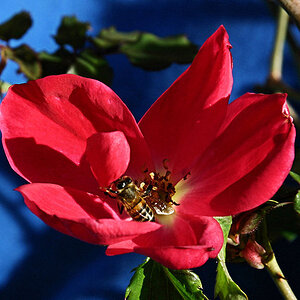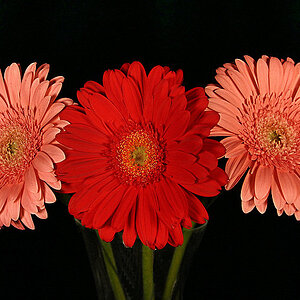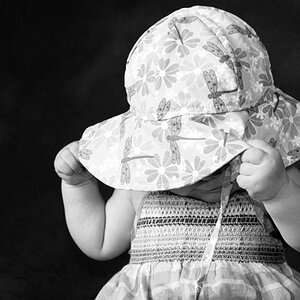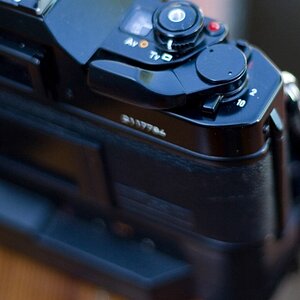ccdan
TPF Noob!
Camera: Canon E0S Digital Rebel
I'm new to taking stock photographs and not used to using a SLR Digital Camera. I have read through the manual and got a pretty good grasp on how to change settings and such. I've been trying to use the "M" mode or "Manual Mode" using RAW format to edit once in Photoshop. My question is does anyone have pointers on starting points to set the Shutter Speed, Aperture, ISO in both sunny outside conditions and inside white room (lighted) conditions.
Also any pointers and information on using a custom WB vs auto & what should be made the custom WB if used (background, object, etc.)?
If there are any other settings that I haven't listed that may need to be changed when in "M" mode let me know.
*note I always have the flash turned off. not sure if this is a good or bad thing just seem to like the result of the photo looking as I see it in person rather than crapped up with glare and well flash.
I'm new to taking stock photographs and not used to using a SLR Digital Camera. I have read through the manual and got a pretty good grasp on how to change settings and such. I've been trying to use the "M" mode or "Manual Mode" using RAW format to edit once in Photoshop. My question is does anyone have pointers on starting points to set the Shutter Speed, Aperture, ISO in both sunny outside conditions and inside white room (lighted) conditions.
Also any pointers and information on using a custom WB vs auto & what should be made the custom WB if used (background, object, etc.)?
If there are any other settings that I haven't listed that may need to be changed when in "M" mode let me know.
*note I always have the flash turned off. not sure if this is a good or bad thing just seem to like the result of the photo looking as I see it in person rather than crapped up with glare and well flash.


 The settings I have set for studio work like junk outside when we put of wheels on a car and need some shots out in the parking lot. Of coarse! Lighting is alot different and I tend to use auto outside do to that. Guess I need to just take it outside; mess with it till best looking, and jot it down next time i need to use it.
The settings I have set for studio work like junk outside when we put of wheels on a car and need some shots out in the parking lot. Of coarse! Lighting is alot different and I tend to use auto outside do to that. Guess I need to just take it outside; mess with it till best looking, and jot it down next time i need to use it.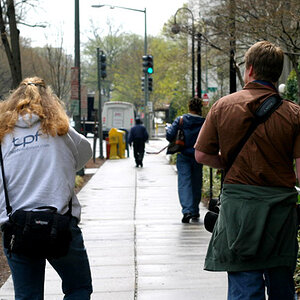
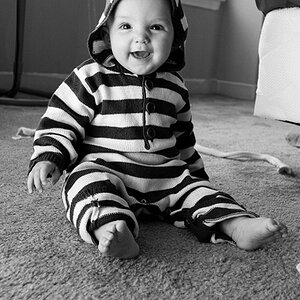
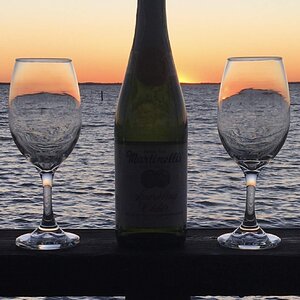
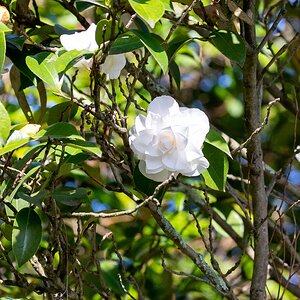
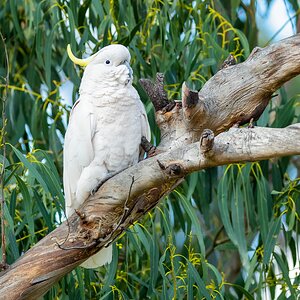
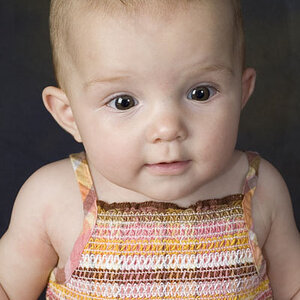
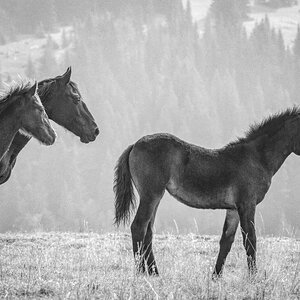
![[No title]](/data/xfmg/thumbnail/37/37613-6b200847731e552bb4bf9ba3bdb80183.jpg?1619738150)
